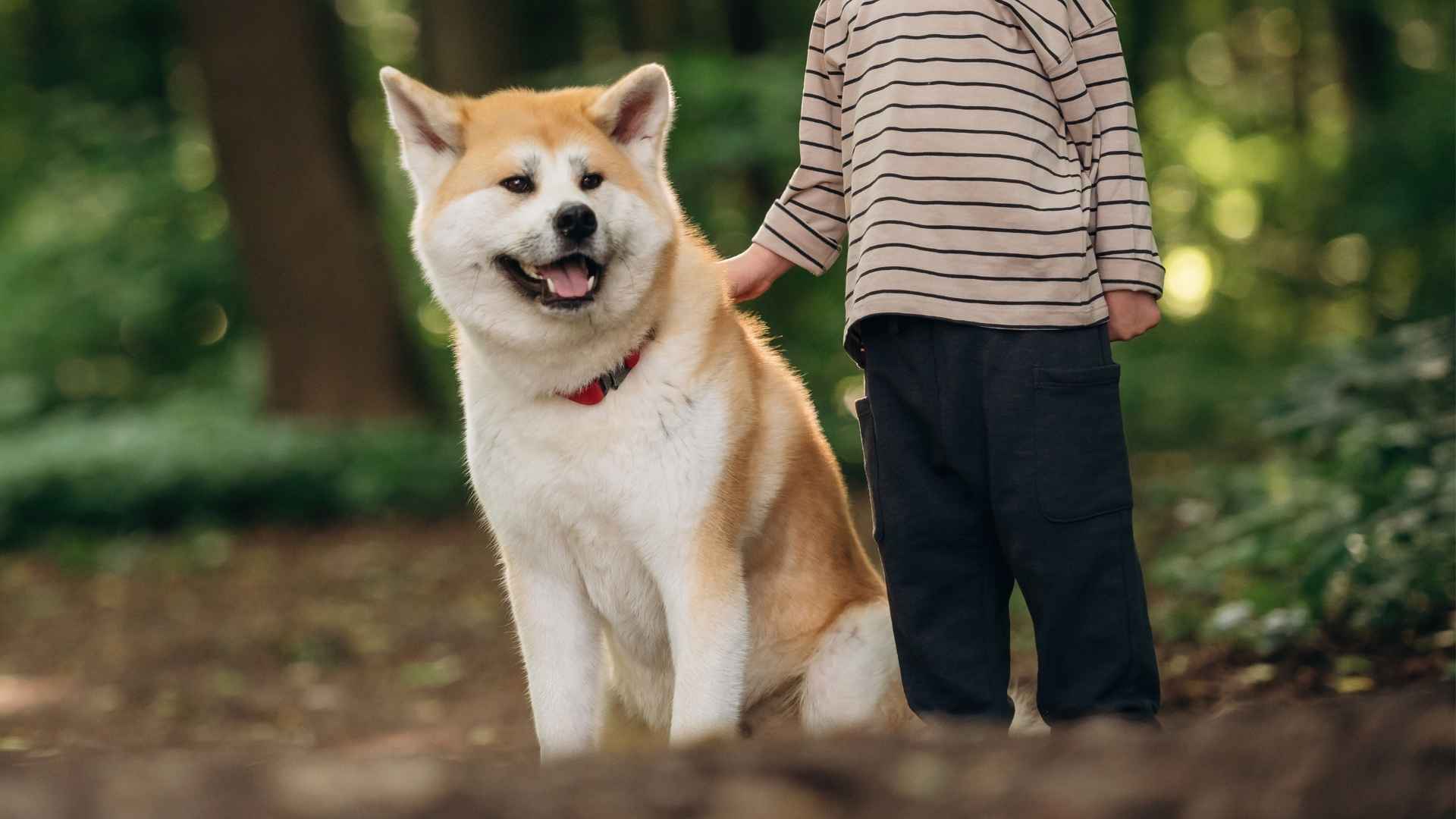Some dogs seem to fold effortlessly into the heart of family life, becoming companions that children remember for the rest of their lives. The breeds celebrated here are known for their steady temperaments, intuitive nature, and ability to adapt to the rhythm of a busy household. They greet every day with warmth, offer a calm presence when things grow hectic, and bring joy to the smallest of routines.
Their origins are as diverse as their personalities. Some once worked on mountain farms or herded livestock across wide pastures, while others spent centuries as close companions to nobility. What unites them is the way they share their lives with children—joining in games, listening to secrets, and offering quiet reassurance in ways that feel natural and unforced.
These seven breeds bring qualities that turn ordinary days into shared adventures, forming friendships that leave a lasting mark on growing up.
Dog Breeds That Form Unbreakable Child Friendships
1. Labrador Retriever
Labrador Retrievers didn’t earn their reputation as family favorites by accident. Originally bred in Newfoundland to help fishermen retrieve nets from icy waters, their cooperative nature and tireless work ethic built a foundation for the breed’s modern temperament, devoted, eager, and endlessly social.
Labs have an uncanny ability to meet children where they are. They’ll happily match an afternoon of running and fetch, then wind down beside a child for quiet time, always seeming to know what’s needed. That adaptability makes them an anchor in busy households.
According to the AKC, their intelligence and love of interaction mean that training is usually a joy. Even young handlers can succeed in teaching them commands. Labs respond to gentle encouragement and treats with wagging enthusiasm, making training feel like a shared game.
A Labrador will bark if something feels “off,” and many position themselves instinctively between kids and potential trouble, offering security without aggression.
Their short, water‑repellent coat sheds seasonally, and brushing helps manage it, but because Labradors enjoy the attention, grooming often turns into an easy bonding ritual rather than a chore.
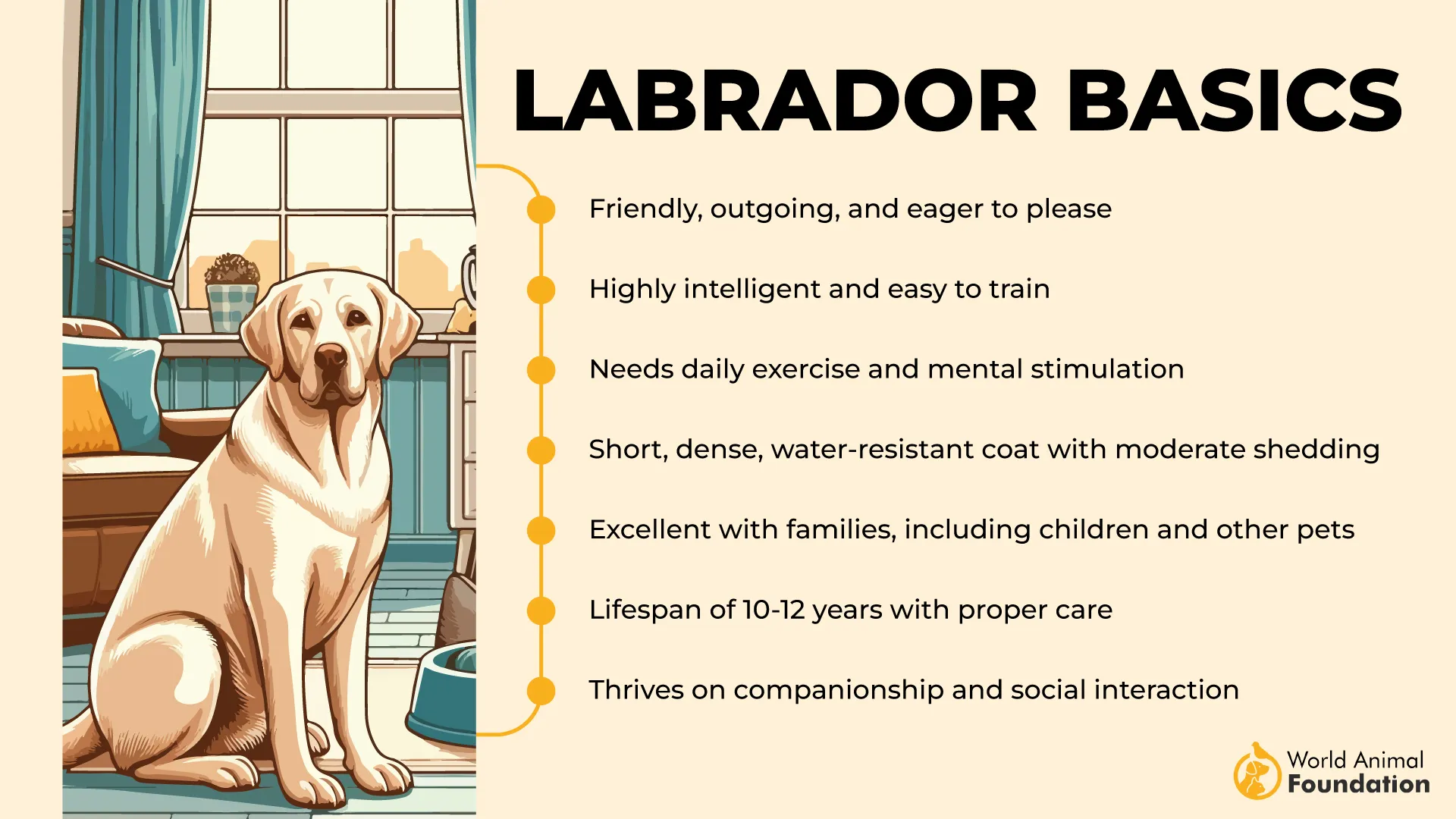
Fun Fact
The Labrador Retriever has topped the American Kennel Club’s “most popular breed” list for decades—a testament to their universal appeal as a companion.
2. Boxer
Boxers are the extroverts of the dog world, all muscle and energy wrapped in a face that always seems to be mid‑expression. Developed in Germany from strong hunting stock, they were once big‑game chasers, but their role shifted over the centuries into that of a devoted family protector and playmate.
Their enthusiasm is contagious. Boxers throw themselves into games, bouncing around like oversized puppies for years. Kids often see them as “one of the gang,” and the breed’s goofy charm makes it nearly impossible not to laugh in their company.
That high spirit needs guidance, though. Britannica states that Boxers are intelligent but independent; training requires consistency and a calm hand. Involving children in simple training routines often keeps everyone engaged, turning discipline into shared fun.
Despite their fun‑loving nature, Boxers don’t forget their roots as guardians. They have a natural instinct to stand watch, often stepping between unfamiliar visitors and the kids they adore, exuding a quiet, reassuring confidence.
Their coats are short and low‑maintenance, and while they barely shed, they’re sensitive to extreme temperatures, often ending up curled beside children under a blanket in winter, a warm and willing cuddle companion.
Fun Fact
Boxers have a signature move known as the “kidney bean dance,” a full‑body wiggle they perform when excited—an instant hit with kids.
3. Cavalier King Charles Spaniel
The Cavalier King Charles Spaniel’s roots stretch back to English royalty, where they spent centuries as lap companions in grand drawing rooms and royal nurseries. That history explains their defining trait today: an instinctive desire to stay close to the people they love.
What makes Cavaliers remarkable with children is their emotional sensitivity. They’re quick to sense a child’s mood, settling calmly when comfort is needed or happily joining in light play when spirits are high.
Their long, silky coat does need regular brushing, but Cavaliers enjoy the contact. Many children treat grooming sessions like tending to a favorite doll or stuffed animal, building gentle habits in the process.
Training a Cavalier is straightforward, but harsh tones shut them down. These spaniels thrive on positive reinforcement, making them a perfect introduction to responsible pet handling for children.
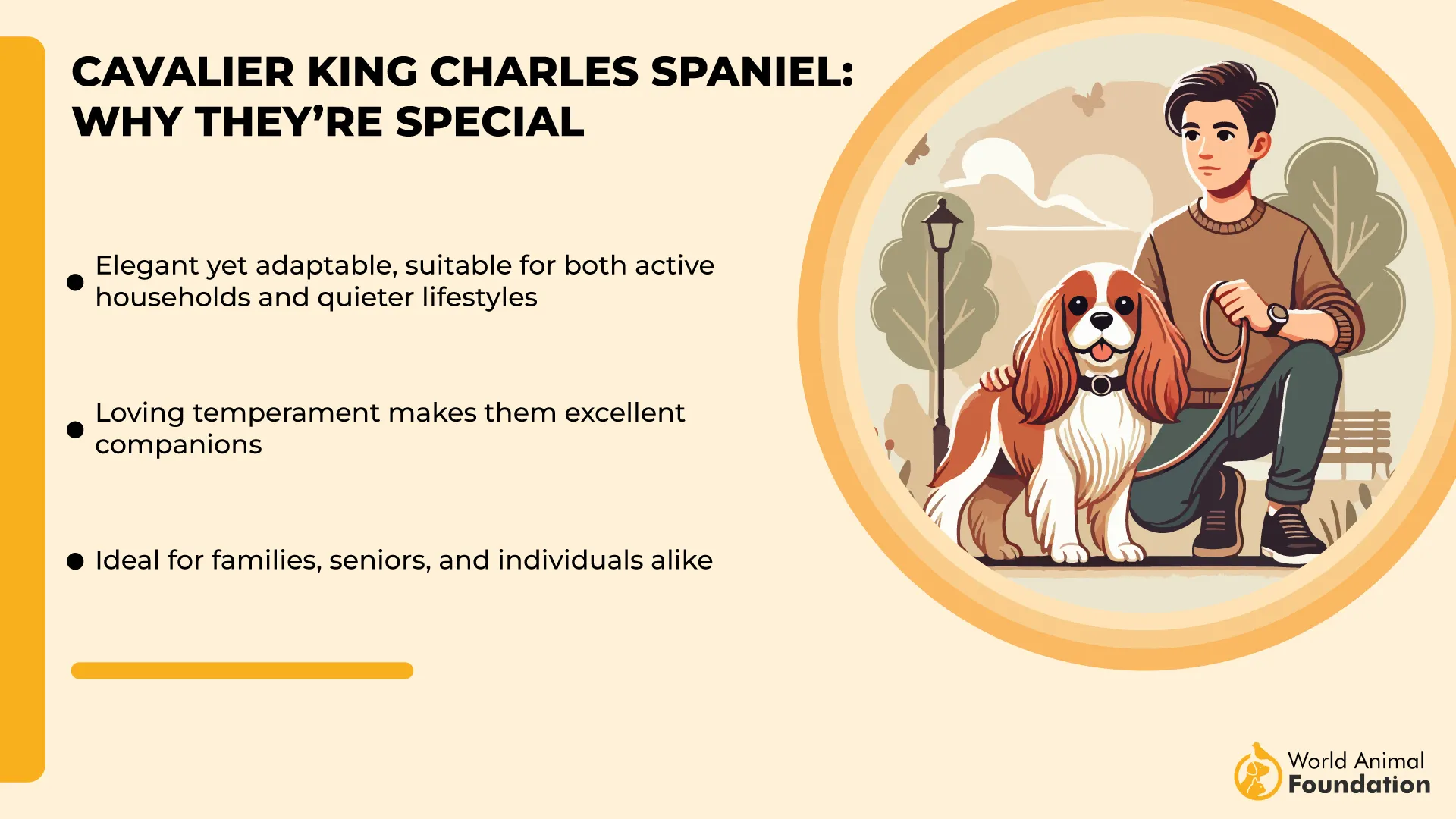
They won’t patrol the house or bark at strangers, but they provide a different kind of security—the steady presence of a loyal, comforting companion who rarely leaves a child’s side.
Fun Fact
Cavaliers were so beloved by King Charles II that he reportedly allowed them into every royal space—even Parliament chambers.
4. Australian Shepherd
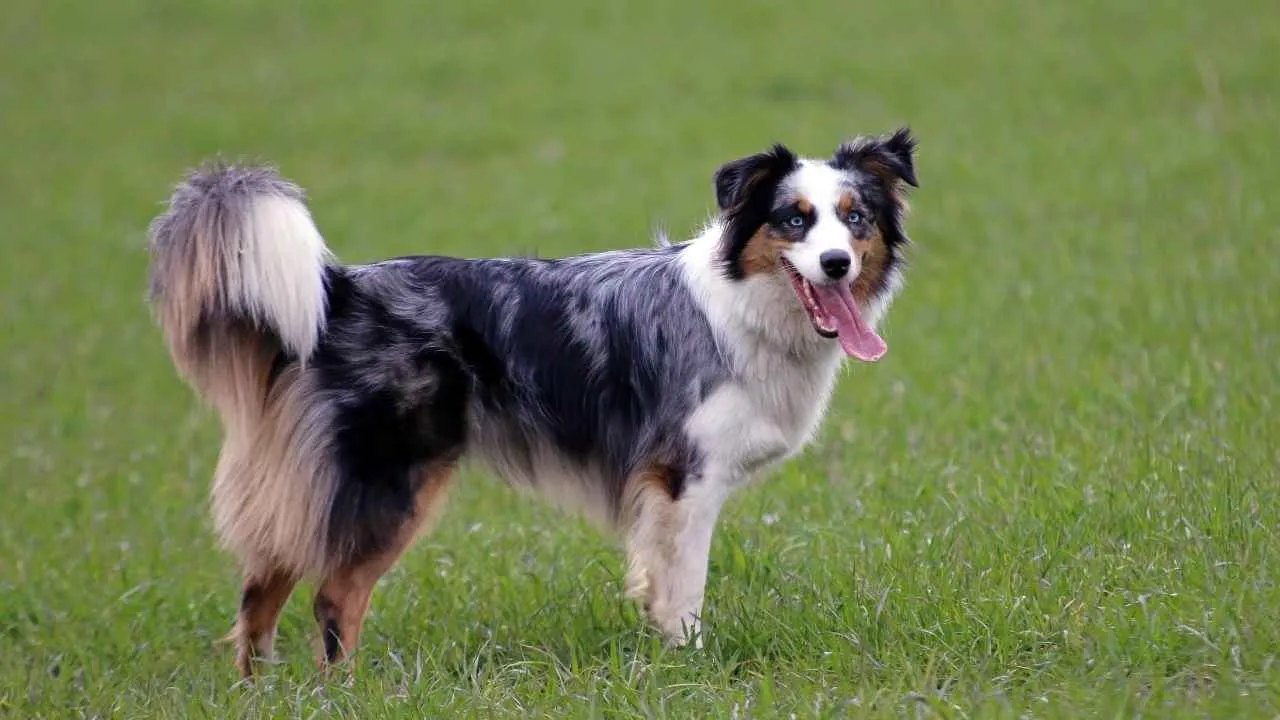
Australian Shepherds were born to work—not in Australia, but in the American West, where ranchers relied on them to herd livestock. That heritage created a breed that’s energetic, whip‑smart, and happiest when there’s a “job” to do.
With kids, Aussies often assign themselves the role of “supervisor.” They may gently herd children away from driveways or keep a close eye on a busy yard, their watchfulness subtle but constant.

Because they’re thinkers, Australian Shepherds crave stimulation. Purina states that games that challenge their brains—fetch with a twist, agility setups, or even scavenger hunts—keep them satisfied.
Their loyalty runs deep, and while they’re cautious around unfamiliar faces, they rarely act with aggression. Instead, they provide a sense of safety by sounding an alert when something seems off, then quickly softening once the threat is dismissed.
Aussies have medium‑length coats in striking merle or tricolor patterns. Brushing isn’t just upkeep—it’s a chance for the family to slow down and spend quiet time with a dog that otherwise never stops moving.
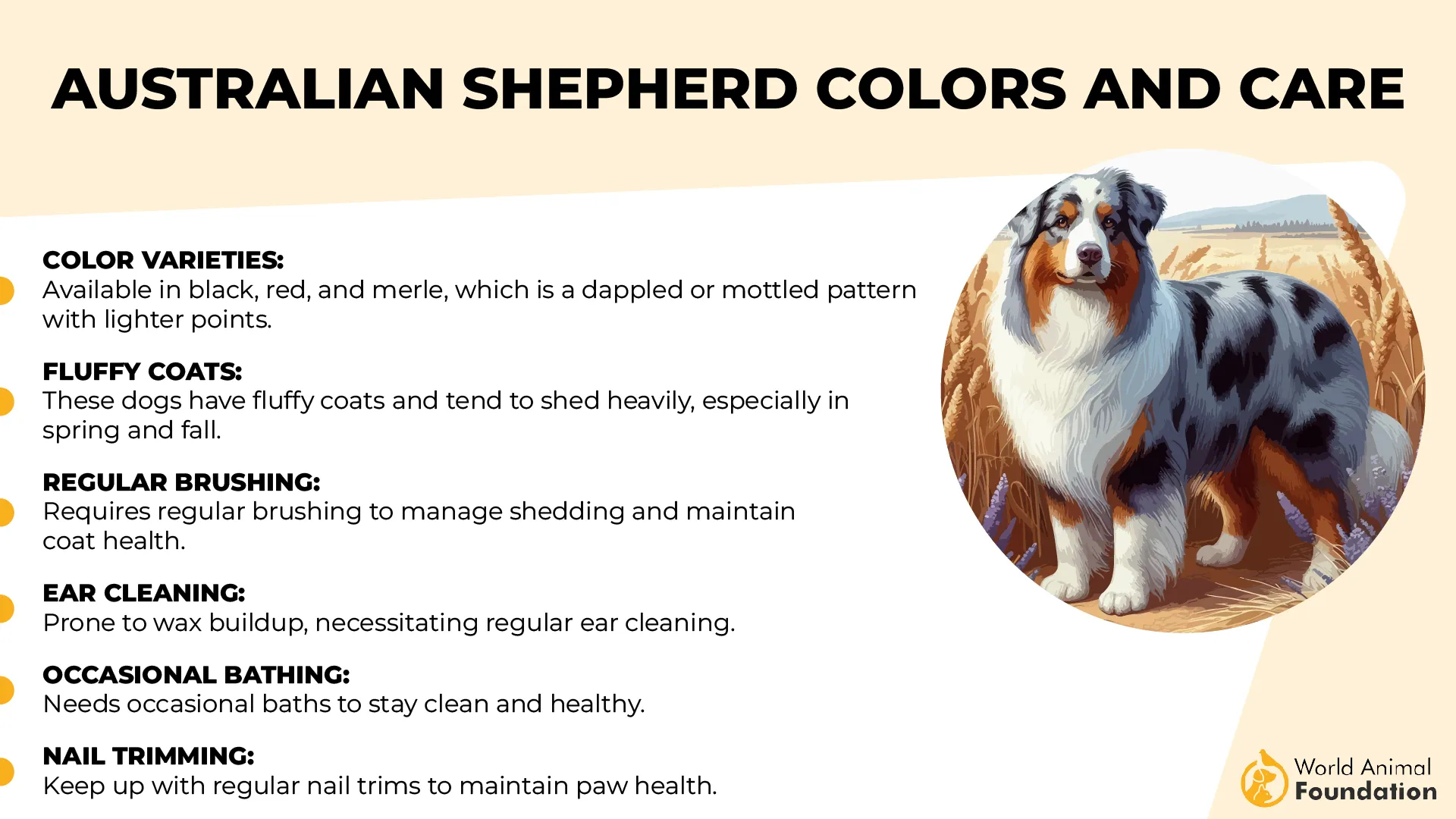
Fun Fact
Many Australian Shepherds are born with naturally bobbed tails—a trait ranchers valued because it reduced the risk of injury while working cattle.
5. Bernese Mountain Dog
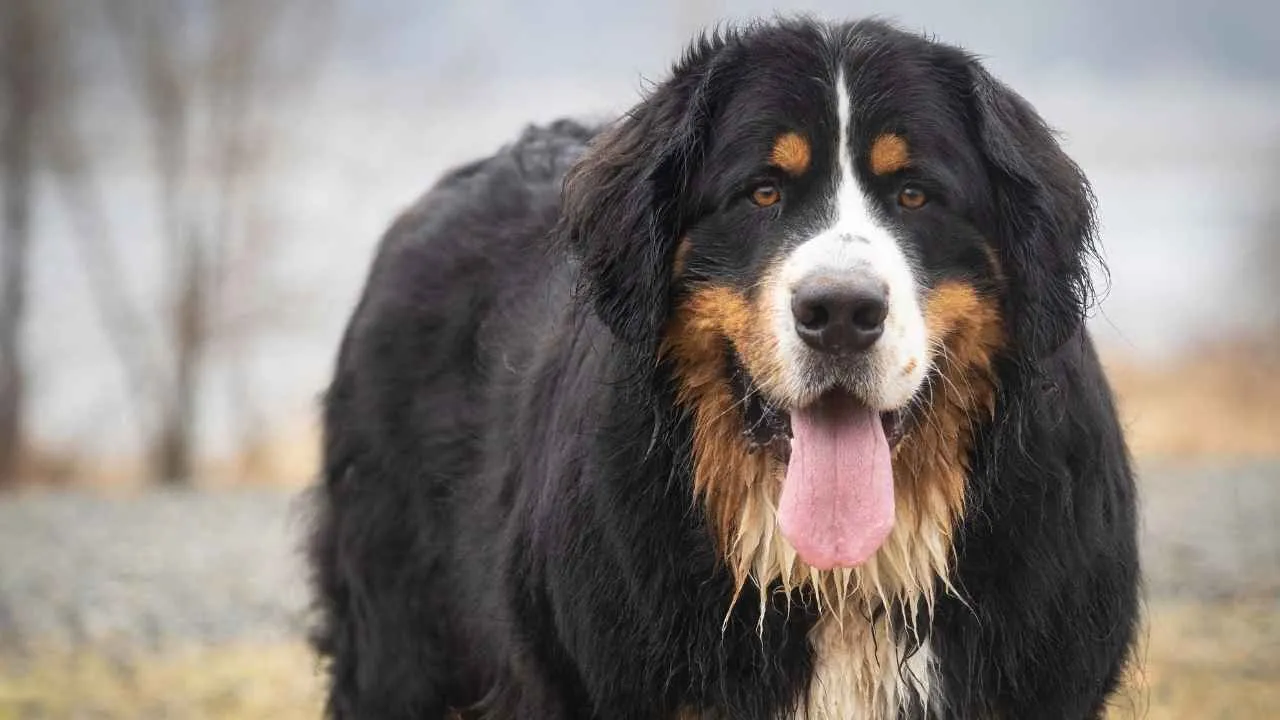
The Bernese Mountain Dog is often called the “gentle giant,” and the name fits. Developed in the Swiss Alps to pull carts and help farmers, these dogs were bred for strength, but their true gift lies in their calm, people‑focused nature.
Their size might look intimidating at first glance, but Berners are famously gentle, especially with children. They often lower themselves to a child’s level, moving slowly and carefully as if aware of their own bulk.
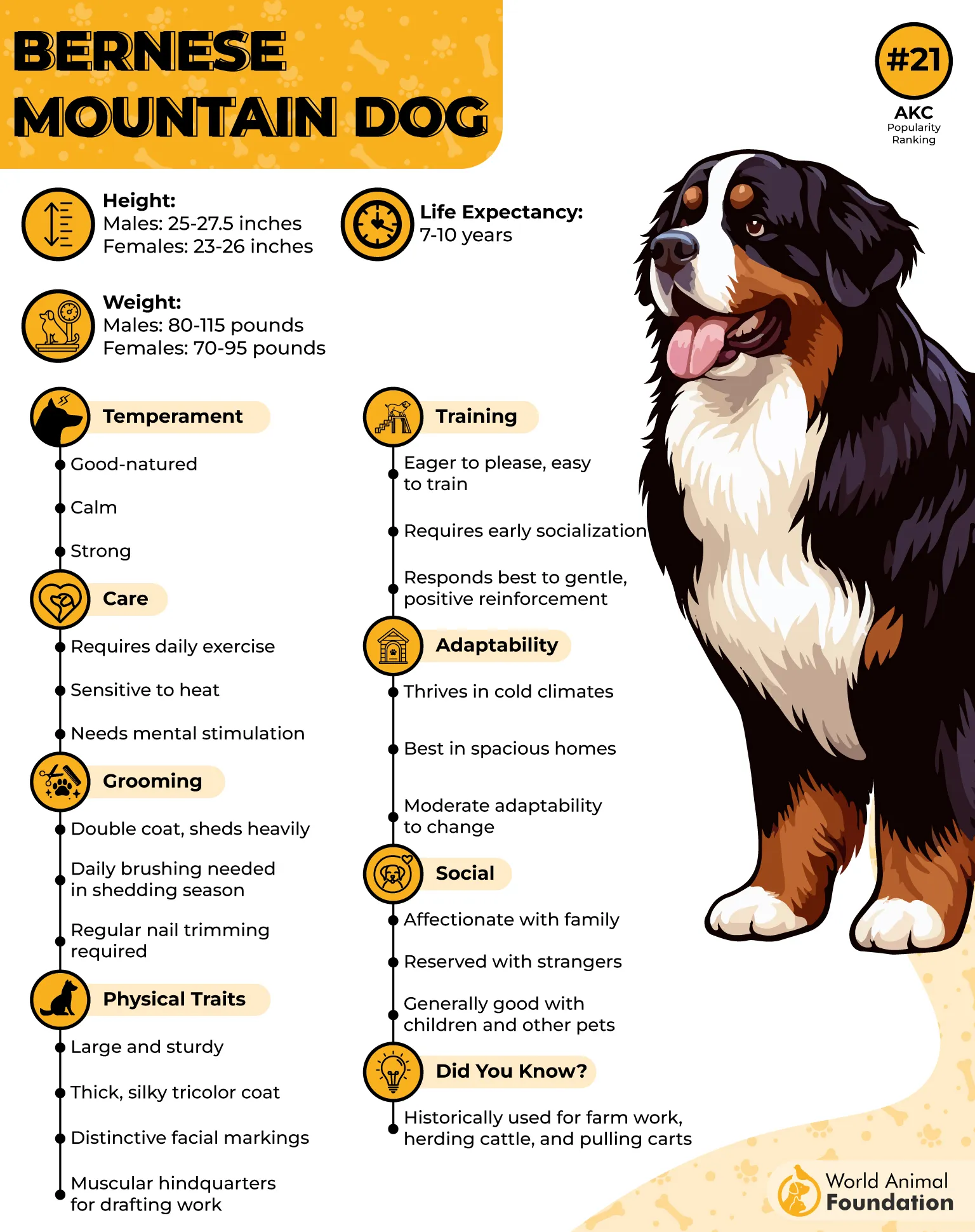
These dogs thrive on family life. They want to be part of every outing, every backyard game, every cozy night in, and their steady temperament provides a sense of security for kids.
Because they were bred to work, Berners respond well to training that feels purposeful. Children can take part in simple tasks—like teaching them to “help” carry a small basket—creating a shared sense of teamwork.
Their long, tricolor coats require regular brushing, and kids often enjoy the routine, turning it into quality time with a dog who seems to understand they’re being cared for.
Fun Fact
Bernese Mountain Dogs were once used by Swiss farmers to pull milk carts to market, sometimes hauling loads heavier than their own weight.
6. German Shepherd
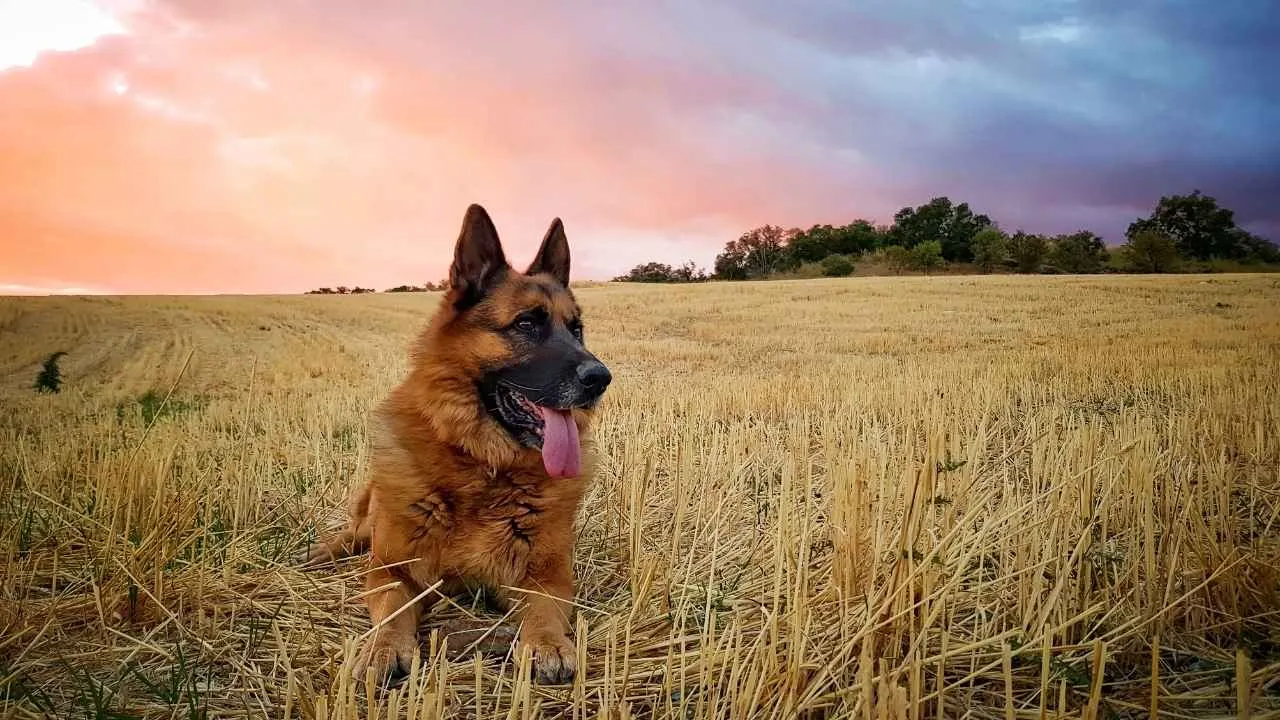
Few breeds are as instantly recognizable—or as versatile—as the German Shepherd. Developed in Germany as herding dogs, they evolved into service dogs, police K9s, and loyal family companions, all thanks to their intelligence and unwavering loyalty.
With children, German Shepherds tend to adopt a “protector” role naturally. They watch, they guard, and they place themselves—sometimes literally—between their family and anything they view as a threat.
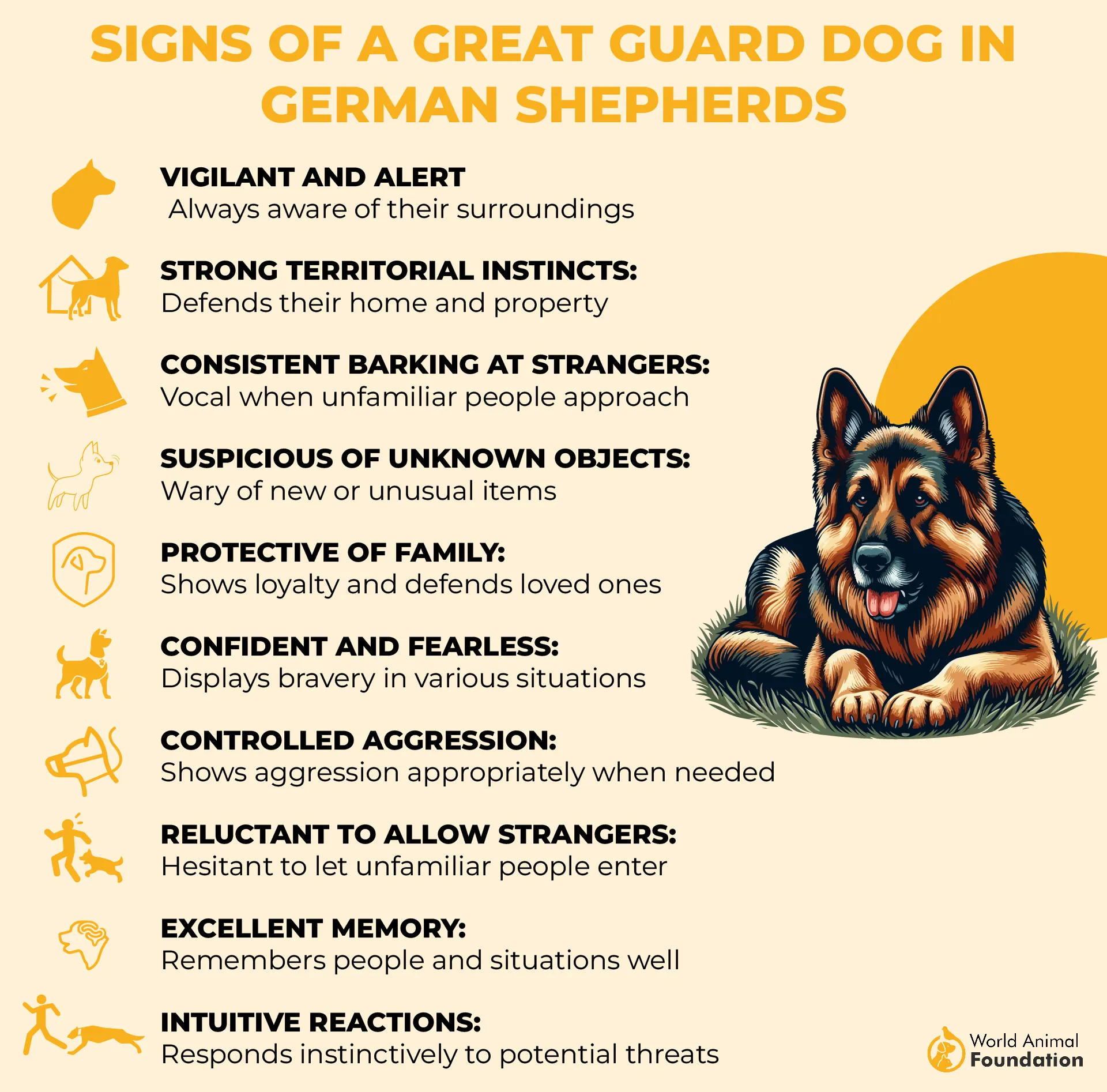
Their sharp minds make them quick learners, but they also mean that Shepherds need structure. Training isn’t optional; it’s essential. Older kids often love the challenge of teaching new commands, and the breed’s eagerness to please means they respond beautifully to consistent, respectful guidance.

German Shepherds have a double coat that sheds year‑round, and while brushing helps, most families quickly learn to live with a little extra fur. For many, it’s a small trade‑off for a dog with such a powerful yet gentle presence.
What sets the German Shepherd apart is the depth of their bond—they don’t just join a household, they commit to it, often forming a lifelong attachment to the children they grow up with.
Fun Fact
The very first seeing‑eye dog in America was a German Shepherd named Buddy, who guided a blind man named Morris Frank in 1928, launching the guide dog movement in the U.S.
7. Shiba Inu
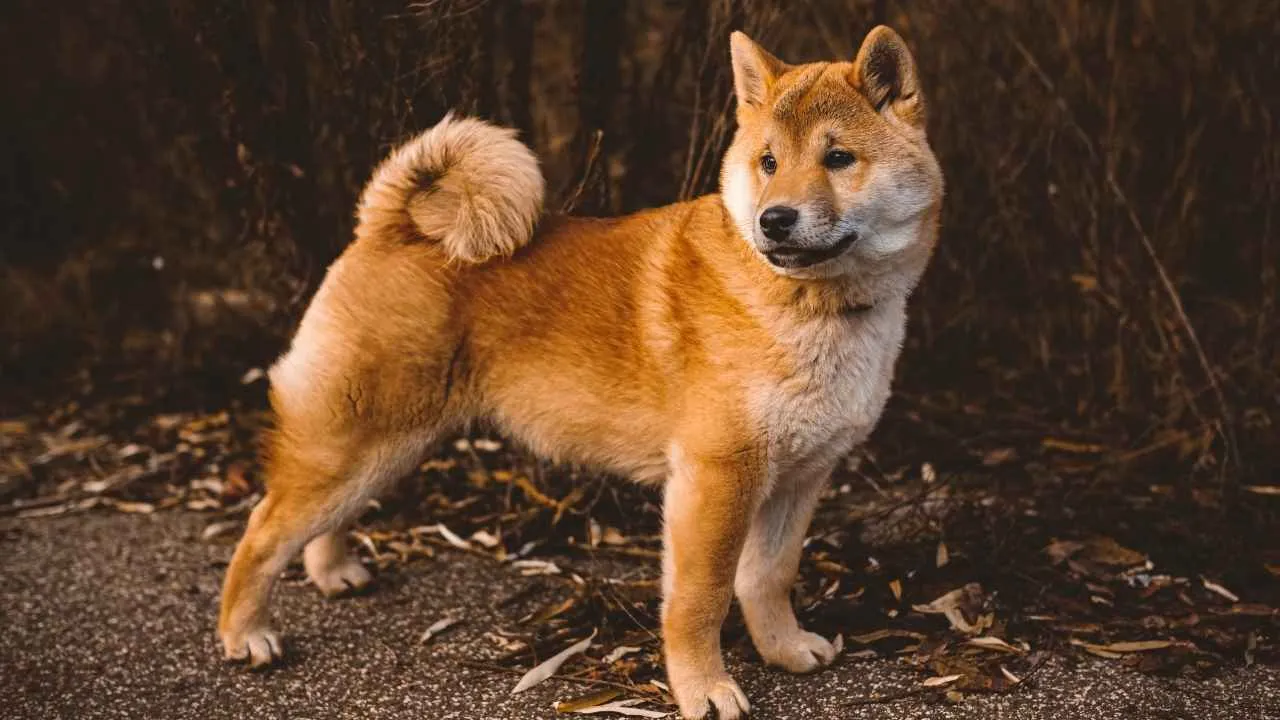
The Shiba Inu is a small, fox‑like dog from Japan with a personality far bigger than its compact frame. Originally bred for hunting in the rugged mountains, Shibas developed an independent streak that still defines them today.
With kids, that independence translates into a quirky, sometimes comical relationship—they’ll play on their own terms, but when they choose to bond, the connection runs deep. Children often find their stubbornness amusing rather than frustrating, especially when the dog seems to “decide” a game is worth joining.
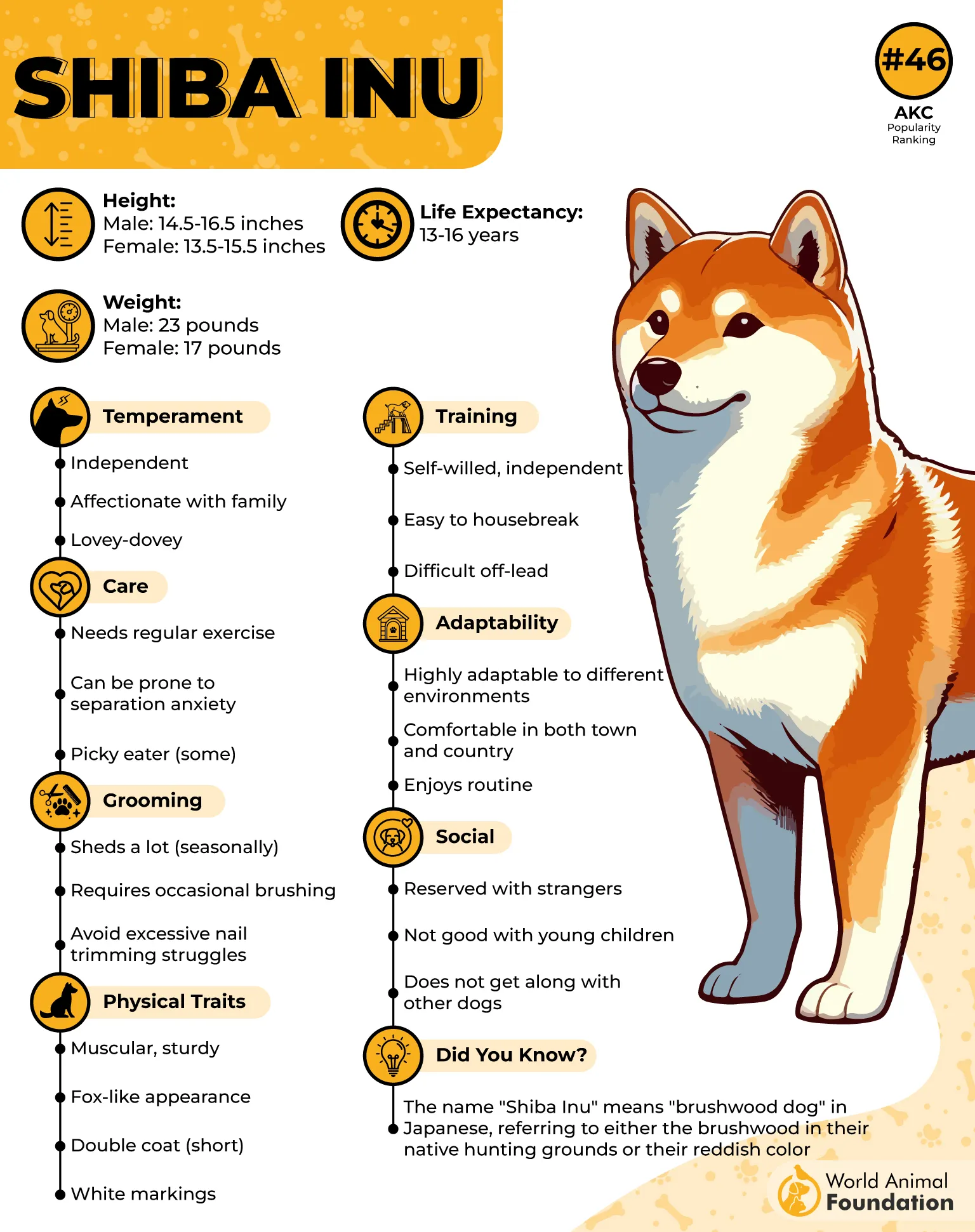
Training a Shiba requires patience and humor. They’re clever but famously strong‑willed, so positive reinforcement works far better than pressure. Involving kids in trick training—short, fun sessions—keeps things light and helps the dog see cooperation as a game.
Their plush double coat doesn’t require complicated grooming, but Shibas shed heavily twice a year. Families often call this the “Shiba snowstorm,” and kids can help with extra brushing during those seasonal blowouts.
Though they aren’t classic guard dogs, Shibas are alert and will sound off with a surprisingly loud bark when something unusual happens—a surprising burst of protectiveness from such a small dog.
Fun Fact
Shibas are known for the “Shiba scream”—a dramatic, high‑pitched vocalization they unleash when excited or displeased. It’s unforgettable (and often hilarious) the first time a child hears it.
Conclusion
The best dog breeds for children share something remarkable: an affectionate nature and the ability to bond deeply with the people around them. These aren’t “just pets” but loyal companions who bring constant companionship, unwavering devotion, and even the kind of emotional support often associated with therapy dogs.
Many of these highly trainable, highly intelligent dogs thrive on human interaction and family activities, making them fantastic companions for active families and gentle playmates for older children alike. Their protective instincts combine with their ability to read human emotions, creating strong connections and lasting bonds that enrich every stage of childhood.
Whether they’re offering unconditional love, joining in backyard games, or simply curling up close during quiet moments, these dogs form deep relationships that grow stronger over time. They aren’t simply ideal companions for kids—they become irreplaceable family members.


